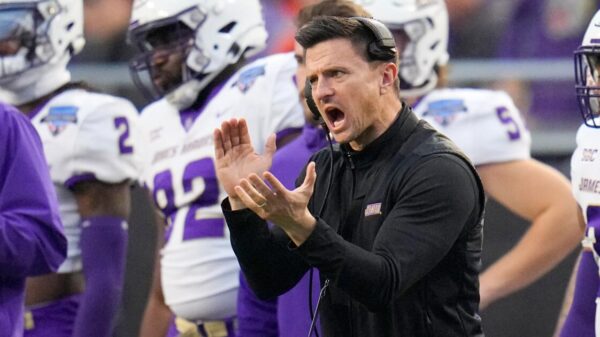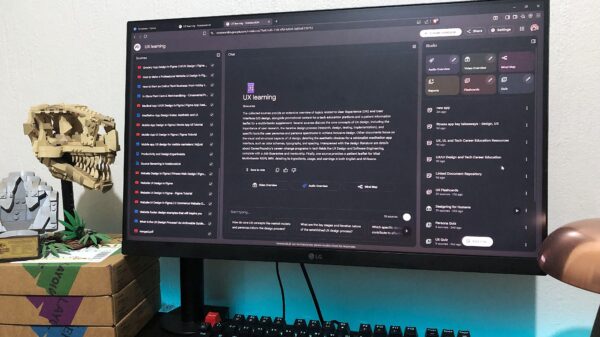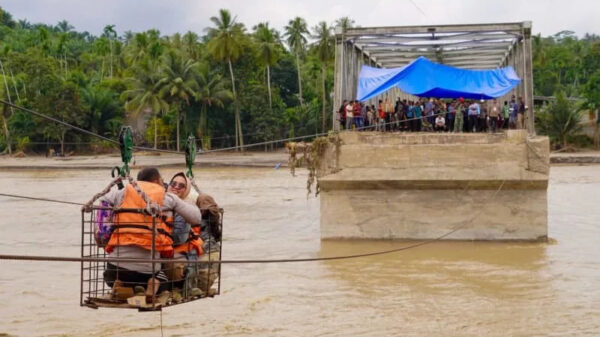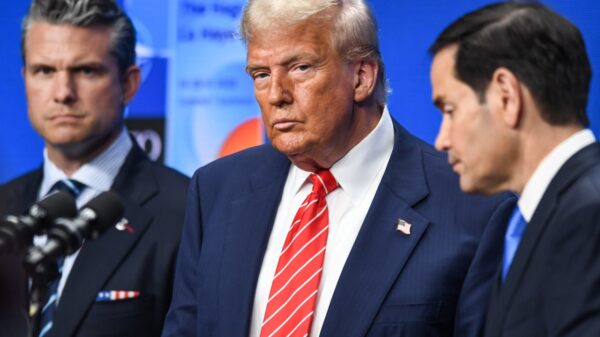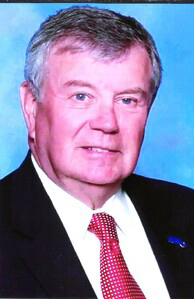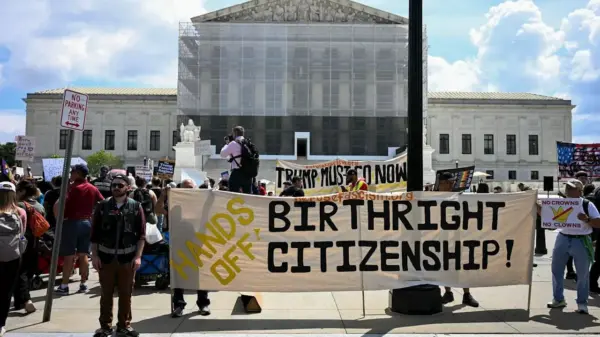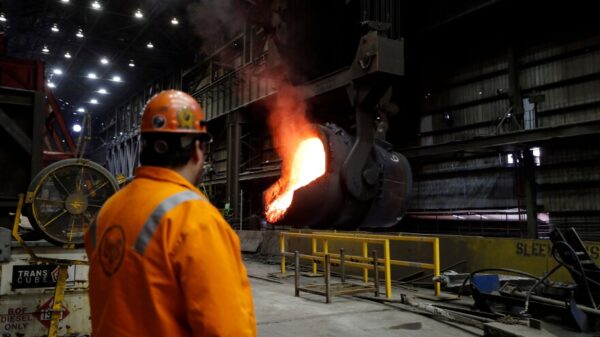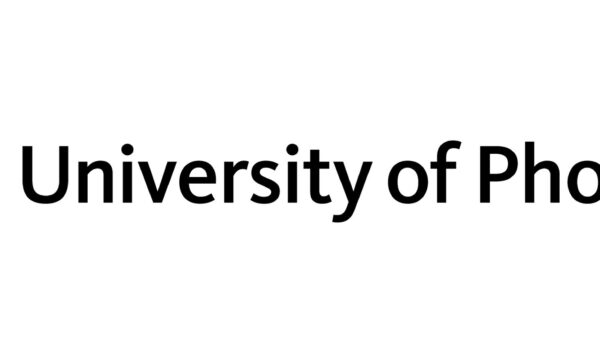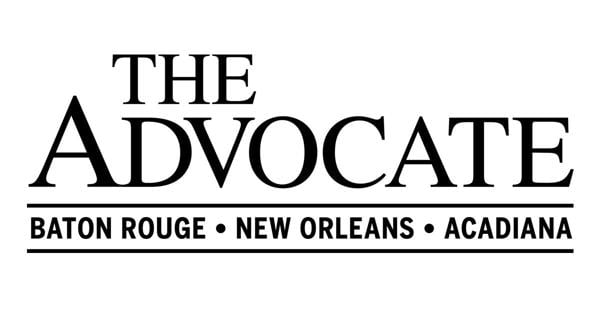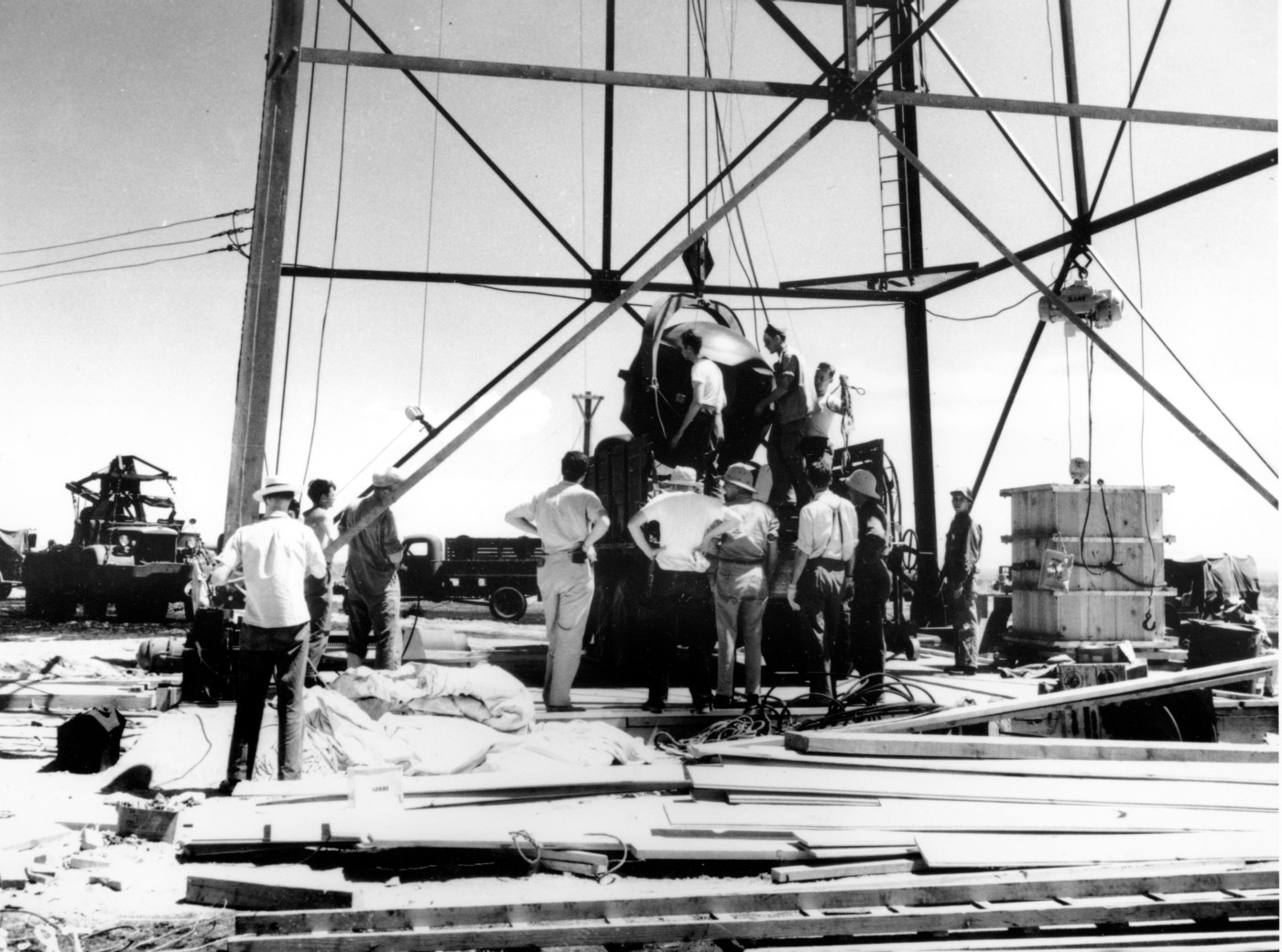The world marks the 80th anniversary of the Trinity test, the first successful detonation of a nuclear weapon, which occurred on July 16, 1945, in Alamogordo, New Mexico. This event, followed by the bombings of Hiroshima on August 6 and Nagasaki on August 9, serves as a solemn reminder of the destructive power of nuclear arms. As global tensions continue to rise, many experts warn that the threat posed by these weapons remains as significant as ever.
The Federation of Concerned Scientists, an organization founded by some of the original developers of the atomic bomb, recently highlighted the renewed danger of nuclear conflict. They assert, “the nuclear threat has roared back to life” and caution that underestimating this risk could have dire consequences. Their findings underscore the potential for human error and technological failures, which could lead to catastrophic outcomes.
Recent global events reflect this increasing volatility among nuclear-armed states. In the past year, the United States and Israel have engaged in military actions targeting Iran’s nuclear capabilities, while Russia’s ongoing conflict with Ukraine has raised concerns about its nuclear arsenal. Additionally, India and Pakistan experienced their most intense military clashes in years, and China is rapidly expanding its nuclear capabilities amid fears of U.S. advancements in military technology. North Korea’s continued missile tests and France’s proposal to provide a nuclear defense umbrella for Europe further contribute to an unsettling landscape.
In light of these developments, Tulsi Gabbard, a former U.S. congresswoman and current director of National Intelligence, recently visited Hiroshima and urged for urgent action. She called on individuals to “speak up and demand an end to this madness,” advocating for a world where humanity does not live under the threat of nuclear annihilation.
Author and investigative journalist Annie Jacobsen echoes these sentiments in her book, “Nuclear War: A Scenario.” After interviewing over 50 experts, she emphasizes the insanity of nuclear warfare, stating, “Nuclear war is insane. Every person I interviewed for this book knows this.” Jacobsen vividly details the potential devastation of a nuclear exchange, projecting that such a conflict could lead to the deaths of hundreds of millions.
The haunting reflections of Daniel Ellsberg, a whistleblower known for his role in the Pentagon Papers and a former nuclear war planner, resonate deeply. In his work, “The Doomsday Machine,” he critiques prevailing nuclear policies, arguing that they are fundamentally misguided and immoral.
Jacobsen also describes the aftermath of nuclear conflict, predicting a “nuclear winter” that would obliterate agriculture and lead to the deaths of billions due to starvation and environmental collapse. As the sun struggles to break through thickened skies, survivors would confront a vastly changed world, with 75% of the ozone layer destroyed, forcing them to seek refuge underground.
Despite the grim prospects, there is a path toward disarmament. Currently, 98 nations have ratified or signed the United Nations Treaty on the Prohibition of Nuclear Weapons. Advocates for nuclear disarmament urge nuclear-armed states to join this treaty, promoting a multilateral approach that includes rigorous international monitoring systems.
The choice before nations is clear: either embrace the calculated risk of trusting others in the pursuit of disarmament or face the reality of potential extinction. As the Rev. Julia Dorsey Loomis of Portsmouth and Steve Baggarly of Norfolk, members of the Hampton Roads Campaign to Abolish Nuclear Weapons, assert, the time for decisive action is now. The legacy of the Trinity test and the subsequent bombings of Hiroshima and Nagasaki serve as a grave reminder of the dangers that nuclear weapons pose to humanity. The call for a world free from the threat of nuclear arms is more urgent than ever.


